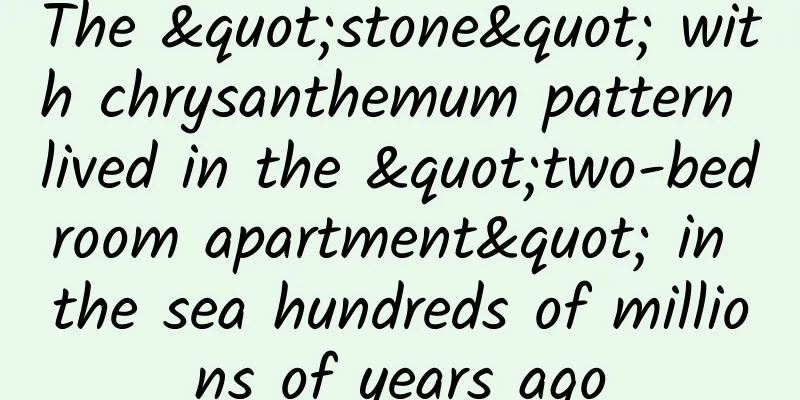Effects and functions of Alpine Aster

|
Alpine aster is a very nutritious and precious medicinal material. Eating alpine aster regularly can have very good effects and functions. So how should we eat alpine aster? What specific benefits can eating alpine aster bring to our body? We need to understand some professional knowledge of alpine aster to answer these questions. 【English name】 root of Alpine Aster [Source] Medicinal material source: the whole herb of Aster tataricus of the Asteraceae family. [Original form] Alpine Aster is a perennial herb, 10-35cm tall. The rhizome is stout with clustered stems and rosette-shaped leaves. The stem is erect, unbranched, with dead leaf fragments at the base, densely or sparsely hairy, and densely leafed at the bottom. The lower leaves are spoon-shaped or linear-oblong, 1-10cm long, 0.4-1.5cm wide, with rounded and slightly pointed apex, base gradually narrowing into a winged petiole, entire margin; middle leaves are long or slightly glandular; midrib and ternate veins are slightly raised below. The inflorescence is solitary at the end of the stem. The involucre is semi-involuted; the involucre has 2-3 layers, the outer layer is entirely herbaceous, the inner layer has membranous edges, the edges are often purple-red, and are densely or sparsely pubescent. There are 35-40 ligulate flowers, with purple, blue or light red tongues; the corolla of the tubular flowers is yellow, with lobes about 1mm long; the style attachment is 0.5-0.6mm long. The crest is white with a few very short rough hairs outside. Achenes are oblong, narrow at the base, brown, and densely pubescent. The flowering period is from June to August, and the fruiting period is from July to September. [Habitat distribution] Ecological environment: Grown on high mountain grass slopes and forest edges. [Chemical composition] The root contains fatty acid[1] and lactone-phyllum ester[2]. The aerial parts contain 6α-angeloyoxy-1-oxo-2,3-dihydrosalviarin and 6β-hydroxy-7,8-dehydrobacchotrcuneatin A [3]. 【Nature and flavor】 Slightly bitter; cold in nature 【Functions and indications】 Clears away heat and detoxifies. Mainly used for wind-heat headache; conjunctival fire [Usage and Dosage] For oral use: decocted in water, 3-10g. [Discussions by various scholars] "Xinhua Compendium of Materia Medica": The whole plant: has the effects of clearing away heat, detoxifying and relieving cough. 【Excerpt】 Chinese Materia Medica Above we introduced what alpine aster is. We know that alpine aster can not only be used to treat diseases but also has good health benefits, so we must be good at using alpine aster to protect our health. |
<<: The efficacy and function of fishing orchid
>>: The efficacy and function of Chlorophytum
Recommend
What are the effects of processed Polygonum multiflorum
Processed Polygonum multiflorum is what we often ...
Why do some people get drunk as soon as they drink? Is it because of their health or because they chose the wrong wine?
Mixed Knowledge Specially designed to cure confus...
What are the traditional Chinese medicines for treating schizophrenia?
Treatment of schizophrenia must be carried out in...
Weird patent: How to fish in a person's stomach?
In 1854, the United States Patent Office received...
Effects and functions of Piper cubeba[picture]
Cubeb [picture] is a traditional Chinese medicine...
The efficacy and function of purple nan
Do you know about purple nanmu? It is a common me...
Which Chinese medicines can enhance sexual function?
Now many of our friends have recently experienced...
Will overeating delicious food make your liver become as sticky as dough?
Recently, Nature magazine published a very unique...
The efficacy and function of Bodhisattva fish
Bodhisattva fish is a very nutritious and preciou...
What are the Chinese herbal medicines that can lower blood pressure and blood lipids?
Blood pressure and blood lipid problems are relat...
Don't eat! Don't eat! Don't eat!
Sugarcane is a sweet and juicy fruit Always popul...
The efficacy and function of arsenic
Everyone is familiar with arsenic, but some peopl...
The "most beautiful highway" is newly launched, and visitors can "check in" at the picturesque Three Gorges along the route
Recently, the Ministry of Culture and Tourism, th...
The efficacy and function of the acanthus bed
As a traditional Chinese medicine, Acanthus colum...
How can a tiny sheepgrass turn sand into green?
Leymus chinensis is a high-quality forage grass b...









